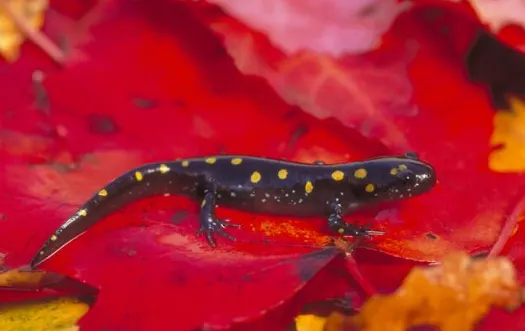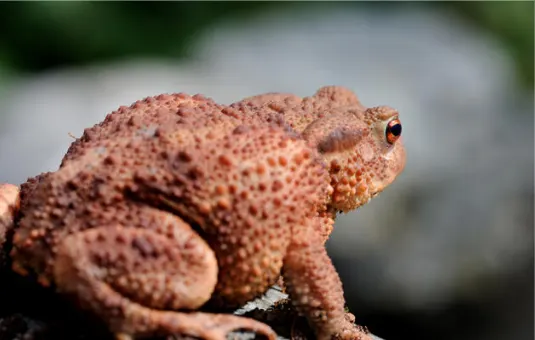Amphibians, with their unique ability to thrive both on land and in water, captivate us with their diverse forms and behaviors. From the iconic frogs to the elusive caecilians, these creatures offer a glimpse into the intricate web of life on our planet. Let’s delve into the realm of amphibians, exploring their different types, defining characteristics, and more.

Table of Contents
Understanding Amphibians
Amphibians belong to the class Amphibia, encompassing a wide array of species adapted to various habitats worldwide. With over 6,000 known species, they represent a significant portion of vertebrate diversity. Frogs, toads, salamanders, and caecilians are among the most recognized amphibian groups, each with its distinct features and adaptations.
Key Characteristics
- External Egg Fertilization: Unlike many other animals, amphibians fertilize their eggs externally, releasing them into water bodies. This unique reproductive strategy facilitates their life cycle, enabling them to thrive in aquatic environments.
- Four-Legged Adult Form: Most adult amphibians possess four limbs, a characteristic inherited from their evolutionary ancestors. This adaptation aids in locomotion and survival in terrestrial habitats.
- Cold-Blooded Nature: Similar to reptiles and fish, amphibians are ectothermic, relying on external sources to regulate their body temperature. This trait allows them to adapt to diverse climates and environments.
- Carnivorous Diet: Amphibians are primarily carnivorous, preying on a variety of small organisms such as insects, worms, and even small vertebrates. Their diet plays a crucial role in ecosystem dynamics and nutrient cycling.
- Dual Habitat Usage: Amphibians undergo metamorphosis, transitioning from aquatic larvae to terrestrial adults. This dual lifestyle necessitates access to both aquatic and terrestrial habitats throughout their life stages.
- Moisture Dependence: Due to their permeable skin and respiratory needs, amphibians rely on moist environments to prevent dehydration and facilitate gas exchange. Loss of habitat moisture poses significant threats to their survival.
- Vertebrate Structure: All amphibians possess a vertebral column, a defining characteristic of vertebrate animals. This anatomical feature provides structural support and facilitates movement in these agile creatures.

Exploring Amphibian Diversity
Amphibians exhibit remarkable diversity in form, habitat preference, and behavior. From the agile tree frogs to the secretive caecilians, each group has evolved unique adaptations to thrive in their respective environments.
Types of Amphibians
- Anura (Frogs and Toads): Representing the largest order of amphibians, Anura includes familiar species like the bullfrog, tree frog, and common toad. These creatures are known for their powerful hind legs adapted for jumping and leaping.
- Apoda (Caecilians): Caecilians are legless amphibians that inhabit tropical regions, often residing underground or in freshwater habitats. Their cylindrical bodies and unique reproductive strategies set them apart from other amphibian groups.
- Urodela (Salamanders and Newts): Urodela encompasses species with elongated bodies, long tails, and moist skin. Salamanders and newts are adept swimmers, inhabiting diverse aquatic and terrestrial ecosystems worldwide.
Amphibians play vital roles in ecosystems as indicators of environmental health and contributors to biodiversity. By understanding their unique characteristics and ecological significance, we gain insights into the intricate balance of nature. Let’s continue to appreciate and conserve these fascinating creatures for generations to come.
- Enchi Ball Python: A Unique and Stunning Morph of Python regius - March 27, 2025
- Emerald Tree Monitor: The Enigmatic Green Guardian of the Rainforest - March 26, 2025
- The Egyptian Cobra (Naja haje): A Fascinating Serpent - March 25, 2025
